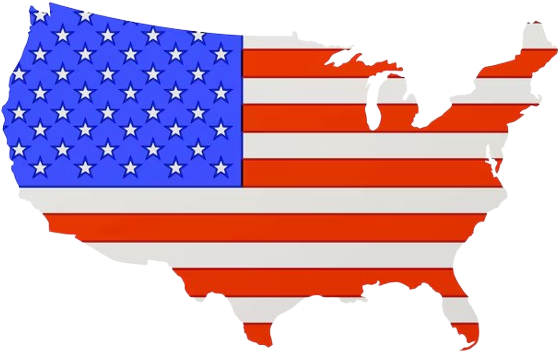Choosing the right freight transport mode can be confusing, especially if you're new to shipping. Whether you're a small business owner sending goods across state lines or across the country, selecting the best option ensures your shipment arrives on time, within budget, and in good condition. At FreightSideKick.com, we simplify this for you with our free AI-powered tool, but understanding the basics can help you make informed decisions. This guide walks you through key factors to consider and explains the most common freight transport modes available.
Key Factors to Consider
To pick the best transport mode, evaluate the following factors based on your shipment's needs:
1. Shipment Type
What are you shipping? General goods, equipment, machinery, perishables, or hazardous materials each require specific handling. For example, an ATV needs a trailer with ramps, while fresh produce demands temperature control.
2. Dimensions and Weight
The size and weight of your shipment determine whether you need a full trailer or a smaller vehicle. Smaller loads (under 12 feet or 10,000 lbs) suit shared transport, while larger ones (over 32 feet or 30,000 lbs) require dedicated trailers.
3. Packaging
Is your shipment palletized, loose, crated, or unpackaged? Vehicles or machinery may need special loading equipment, like ramps, while loose items might require secure packaging to prevent damage. Common packaging examples include:
- Palletized Freight: Goods secured on a pallet for easy handling and transport.
- Crated Freight: Items packed in a wooden or plastic crate for added protection during shipping.
- Boxed Freight: Standard cardboard boxes for smaller items or retail goods.
- Loose Freight: Unpackaged items that require careful handling and secure loading.
- Bundled Freight: Multiple items wrapped together for efficient shipping.
4. Special Requirements
Consider fragility, temperature sensitivity, or hazardous material regulations. Perishables need refrigerated transport, and fragile items may benefit from dedicated trailers to minimize handling.
5. Delivery Timeframe
How urgent is your shipment? Expedited options like dedicated trucks are faster but costlier, while shared transport may take longer but save money.
6. Budget
Balance cost with priorities. Shared transport is typically cheaper, but dedicated options offer speed or exclusivity for sensitive goods.
Common Freight Transport Modes
Here’s a breakdown of the most common freight transport modes to help you choose:
Full Truckload (FTL)
FTL uses a dedicated trailer for large or sensitive shipments. It’s ideal for loads over 32 feet or 30,000 lbs, or when urgency or fragility requires exclusivity. Options include:
- Dry Van: Enclosed 53' trailer for weather-sensitive goods like electronics.
- Flatbed: Open trailer for oversized or non-weather-sensitive items like construction materials.
- Step Deck: Lower deck with ramps for taller items like heavy equipment and vehicles.
- Lowboy: Very low deck for heavy, tall equipment.
- Refrigerated: Temperature-controlled (Reefer) for perishables like food or pharmaceuticals.
Partial Truckload (PTL)
PTL is for mid-sized shipments (12–32 feet or 10,000–30,000 lbs) that don’t need a full trailer but are too large for LTL. It uses the same trailer types as FTL, offering a cost-effective middle ground.
Less than Truckload (LTL)
LTL involves shared trailer space for smaller shipments (under 12 feet or 10,000 lbs). It’s budget-friendly but involves more handling, so it’s less suited for fragile items. Options include:
- Regular LTL: For standard freight like boxed goods.
- Refrigerated LTL: For smaller perishable loads.
Box Truck
Box trucks (16–26 feet) are perfect for local or regional deliveries of compact loads, like furniture or small equipment, typically under 10,000 lbs.
Gooseneck Trailer
A small flatbed towed by a pickup, great for smaller, non-weather-sensitive shipments.
How to Choose the Right Mode
Follow these steps to narrow down your options:
- Assess Your Shipment: Note its type, size, weight, and special requirements. For example, a 14-foot ATV needs a step deck with ramps. This could be moved as a partial (PTL) due to its size.
- Determine Urgency: If time is critical, consider FTL for speed, even for smaller loads. For flexibility, LTL or PTL may suffice.
- Consider Budget: LTL is cheapest for small loads, followed by PTL, then FTL. Box trucks are cost-effective for local deliveries.
- Check Special Needs: Perishables need reefers, hazardous materials require compliant trailers, and vehicles need ramps or low decks.
Get Started Today
Ready to ship? Visit FreightSideKick.com and try our AI Freight Mode Assistant to find the best transport mode for your needs.
Personalized Assistance
Get a quote today, call 877-345-3838, or email support@freightsidekick.com.











